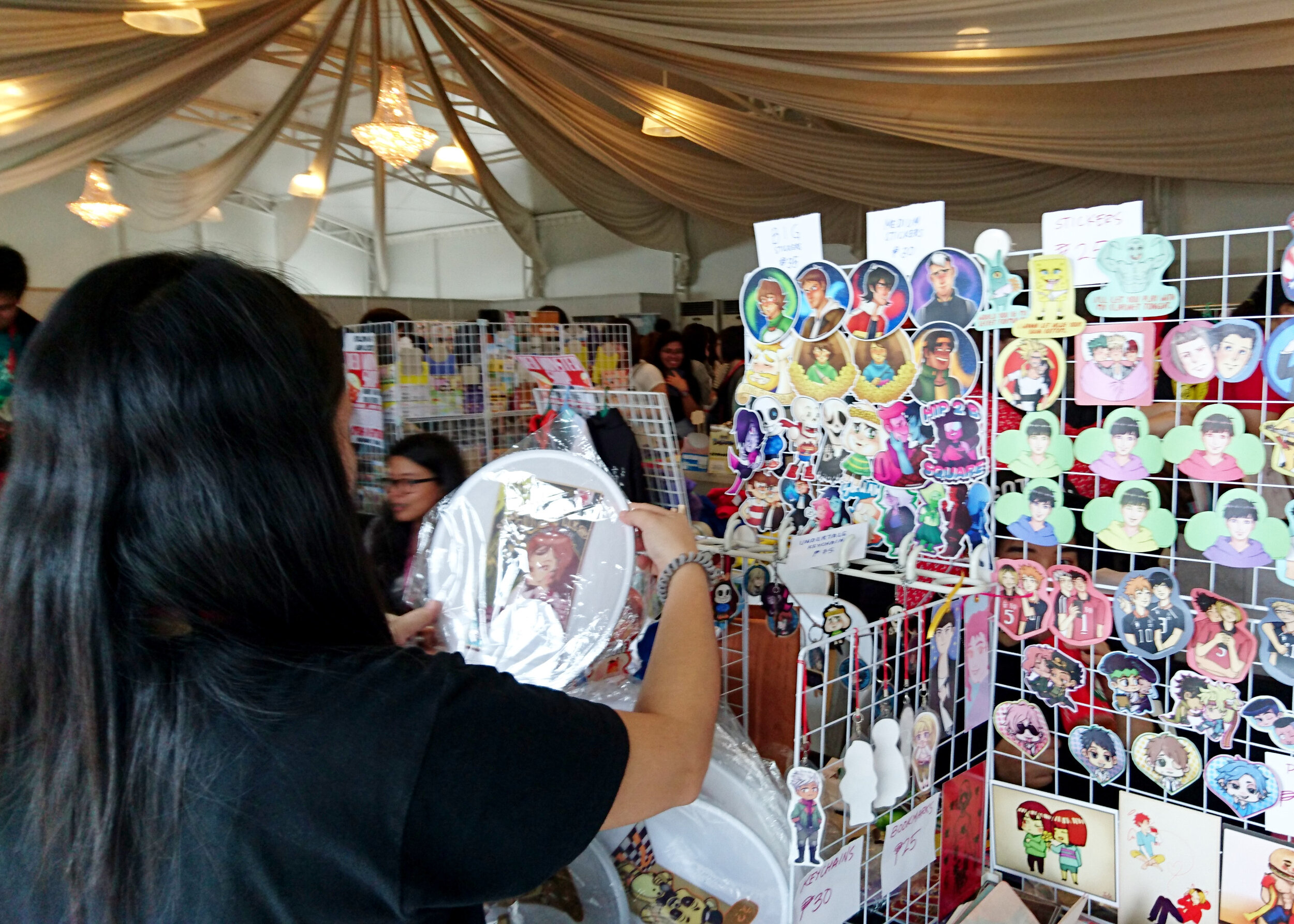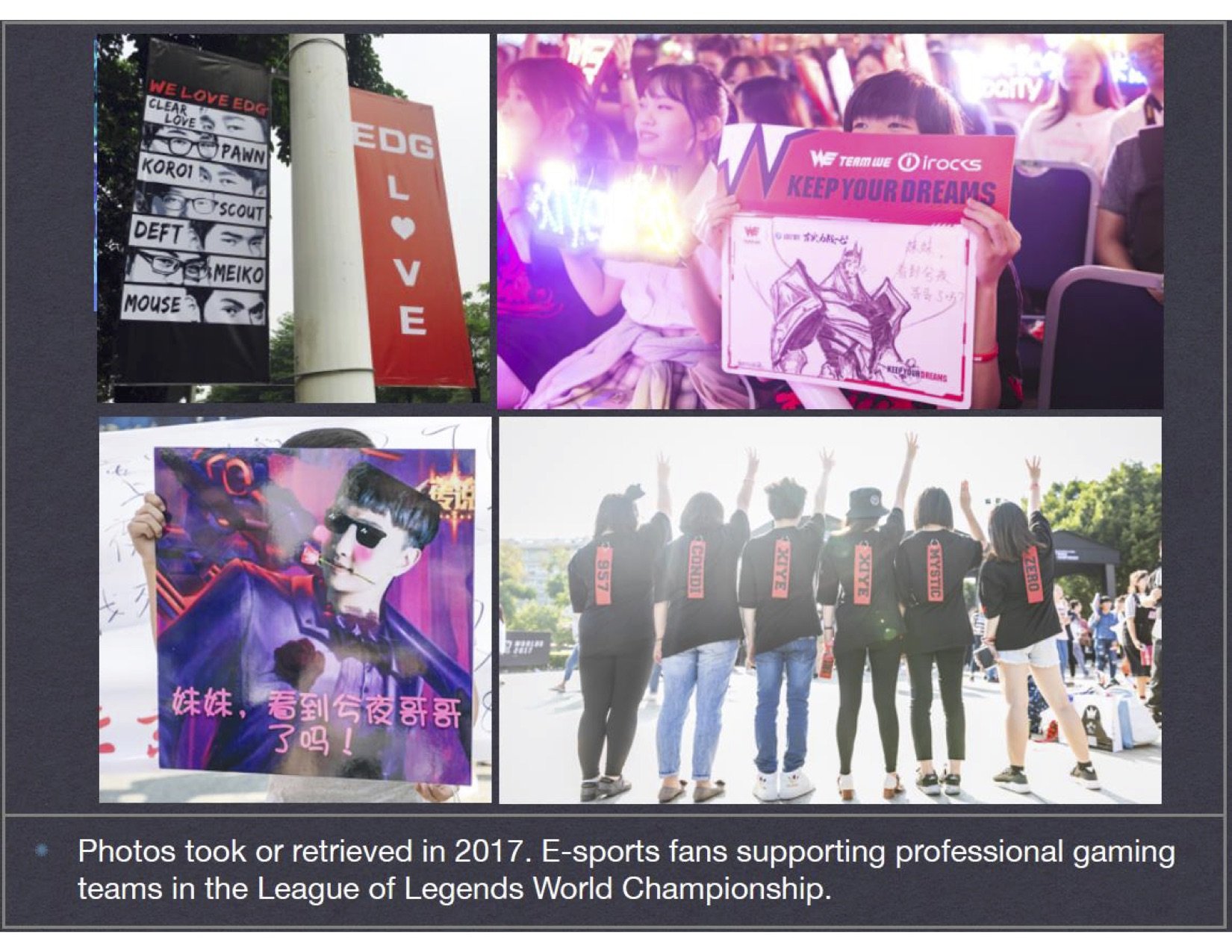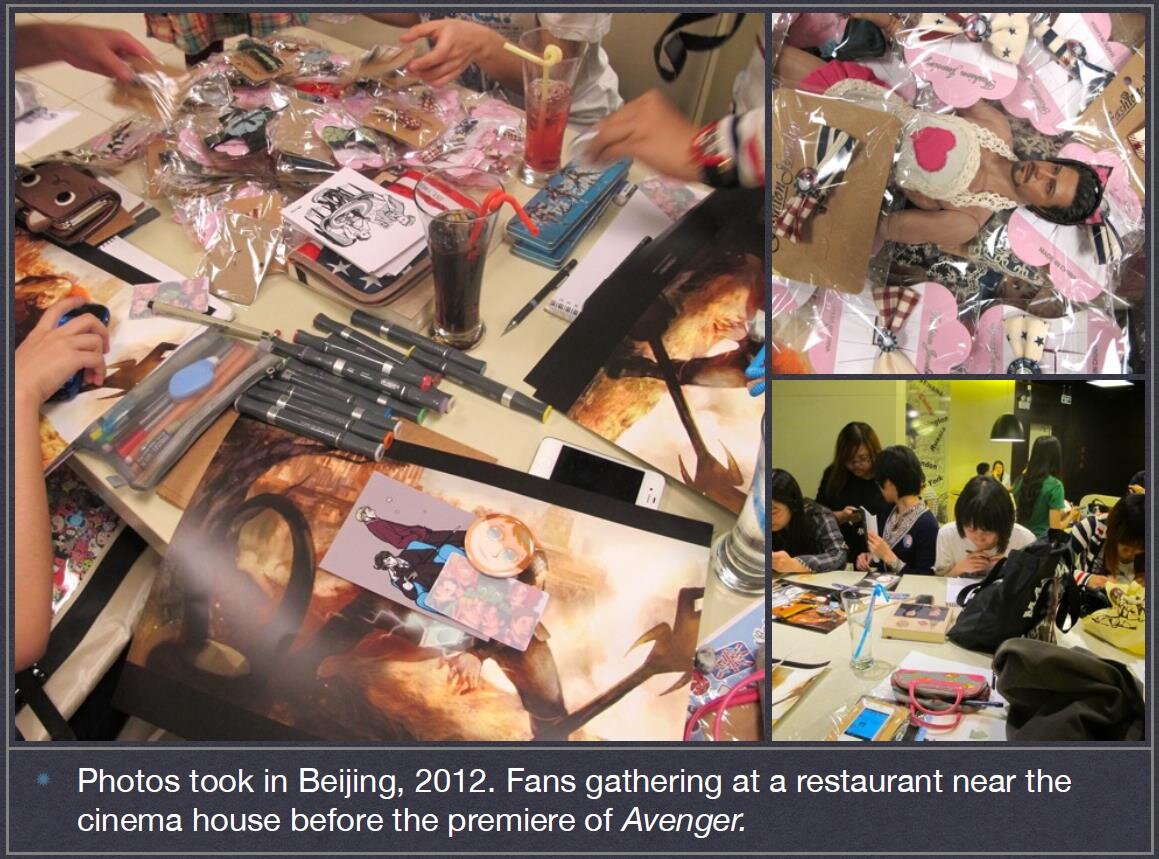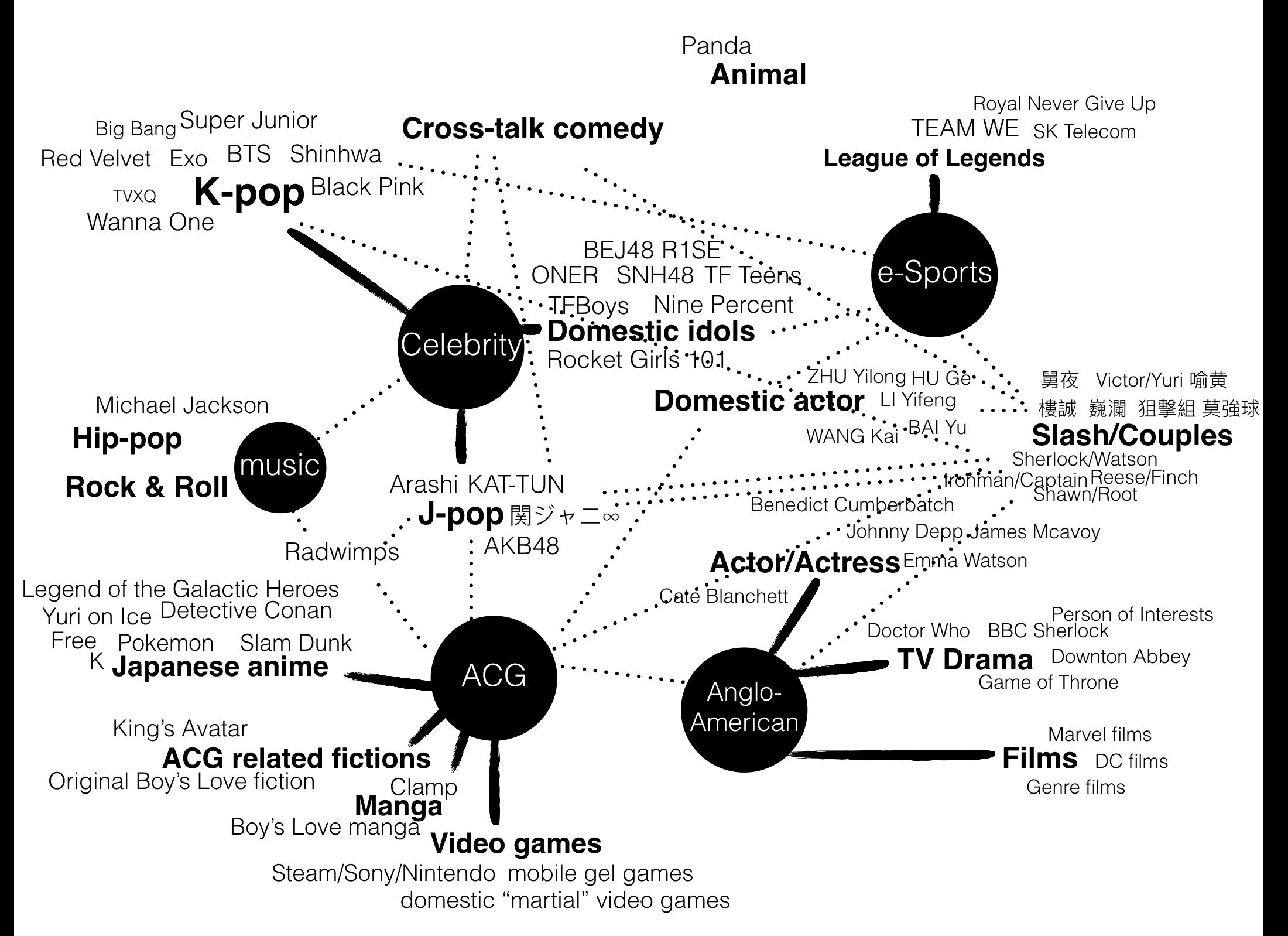An interweaving braid of fanfiction, design thinking, and ontological ethics
Posted originally on the Archive of Our Own at http://archiveofourown.org/works/33774943.
Rating:
Archive Warning: Category: Fandom: Relationship:
Character: Additional Tags: Stats:
General Audiences
No Archive Warnings Apply Gen
The Løgstrupian
Thessa Jensen & Peter Vistisen, Thessa Jensen & Bo Allesøe Christensen, Thessa Jensen & Bo Allesøe Christensen & Jacqueline Meintzinger
Knud Ejler Løgstrup, Peter Vistisen, Bo Allesøe Christensen, Jacqueline Meintzinger
ontological ethics, design thinking, crossmedia content quadrant, positioning theory, secular eschatology
Published: 2021-09-09 Words: 1212
An interweaving braid of fanfiction, design thinking, and ontological ethics
by ThessaJensen
Summary
Prompt by professor Henry Jenkins:
"The statement would introduce you and your work and offer some more general observations about fandom and fandom studies in the country where you do your research."
Notes
While the following is an introduction to fandom studies in Denmark, at least in the way, I have conducted my research through the years, it is not a particularly Danish fandom research.
While we have Mads Mikkelsen (Hannibal) and Olsen Banden (an old movie series about three crooks, always trying and failing to carry out the great coup), identifying Danish fans in fanfiction has proven rather difficult. Most Danes speak and write English quite well, and just blend into online fandoms without identifying themselves as Danes.
I hope, the following will suffice anyway.
See the end of the work for more notes
”The radical demand says that we are to care for the other person in a way that best serves his interest. It says that but nothing more. What this means in a given situation a person must discover for himself in terms of his own unselfishness and in the light of his own understanding of life. This is why in the very nature of things it is impossible to obey the radical demand on the basis of motives which are foreign to the demand.”
Løgstrup, K. E. (1997), The Ethical Demand, Notre Dame and London: University of Notre Dame Press, p. 47.
I am an academic, and was for a long time, before I discovered fandom and with it, fanfiction. It took a while, before I realised how well my research into interactive digital media and design thinking would fit within the realm of fandom communities. From the crossmedia content quadrant, which shows how a tentpole event can give rise to fandom (1); through understanding how the design of platforms used by fans support or restrain different kinds of communities (2); the importance of presence in fandom spaces (3); an analysis of The JohnLock Conspiracy expanding the notion of secular eschatology and analysing the design of Tumblr as part of the problem (4); and using positioning theory to understand the was fans interact with each other through the creation of fanfiction (5). As scattered and disorderly as this may seem, there is one thing, which connects these different themes besides all being part of fandom life. It is the theory of ontological ethics by Knud Ejler Løgstrup, a Danish philosopher who contemplated the ethical basics of everyday life.
For Løgstrup the ethical starting point is the specific, dyadic meeting of two people. This meeting places demands on the two people involved. The ‘other person’ places an unspoken demand of trust, openness of speech, compassion, and a wordless appeal for non-violence on the first one, the ‘I’. These demands are the sovereign expressions of life, and they will, according to Løgstrup, always be present when two people meet each other. The sovereign expressions of life can be seen as an undercurrent in the meeting.
The radical demand found in Løgstrup’s ethics, is thus based on the actual situation, the actual people involved in it, and how the one person determines what is in the best interest of the other. This leaves the ‘I’ in a constant struggle with the threat of paternalism, because the ‘I’ must keep listening to and empathically recognize the other’s needs without assuming unlimited responsibility for the other.
Fandom and fanfiction communities are people meeting other people. The online platforms used by fans can be seen as a kind of institutions, mediating certain structures, constraints, and possibilities for building of communities. Basically, however, a fan meets another fan–and magic happens. Fandom is about human beings coming together, recognising, acknowledging, and respecting each other. This is the reason why I understand Løgstrup’s ontological ethics as the basic grounding for my research.
With this in mind, my three main categories of fandom research are:
1. The platform, its design, and the designer as the “I”, and the fandom community as the “other”. Here, my main interest is on the possible interactions of fans with each other provided through the design of the given platform. How does design influence the creation and maintenance of a community? Further, how can a design afford for the creation of new content? And why can different kinds of communities, one appreciative and creative, another misrecognising and destructive, exist side by side on the same platform? While the designers of the platform are invisible, their choices decide, how the platform can be used–even if the users, here, the fans, often create workarounds, or simply flood a new platform for their own purposes, forcing the designers(?) into a re-design (as seen with the chat roulette platform Omegle).
2. The researcher as the “I” and the fan and fandom community as the “other”. This is the always present question of power, paternalism, freedom of research. Who has the right to articulate how fandom works? Should we even use fandom as a subject for research? How much has fandom changed from the hidden, sold under the counter fanzines, to influencers advertising their fannishness as a way of monetising through sponsors and followers? Is fandom as critical, inclusive, diverse, and equal, as we as researchers want to believe?
3. The fan and The other fan. This meeting of two likeminded people.The idea that a common third, the fandom, makes it possible to create a third space, where people can meetup and hangout, being themselves, their true selves, behind the security of a pseudonym or total anonymity. Participating as a fanfiction writer, reader, and commenter; taking part in fandom events, writer’s challenges, even a few cons over the years. The joy in being accepted as an equal, despite my shortcomings as a writer (English not being my native language), but also feeling the anxiousness as a fanfiction writer when posting. Will they like what they read? Will there be any readers at all? The happiness about comments, likes, follows. But most of all the direct interactions with other fans on Tumblr, in AO3’s comments section, in real life. Realising that fandom can make friends, can be life changing in so many ways.
Løgstrup’s ontological ethics, based upon he actual meeting between two or more people, has been my guiding principle. Even so, I am bound to have made mistakes, of course I am and will be. As well as doubting my research. Should I publish my findings? Am I doing the right thing, exposing this to a world outside fandom and fanfiction? Is it even necessary to do so?
While the doubt is ever present, I use myself and my own stories, the way I react, as the seed for understanding and explaining what fanfiction and fandom is about. I use my colleagues and co- authors as sounding boards, incorporating different perspectives on the phenomenon, we are trying to analyse. And, I have my ‘fan whisperers’ who have spent more years than me in fandoms, lived through the ups and downs of Harry Potter, livejournal.com, or Tumblr. Fans who know about my research, have participated actively in it, explained and listened, discussed and argued. Showing me new perspectives, supported my conclusions, dismissed others.
And yet, here I am, still wondering if it is the right thing to do. Fandom and fanfiction communities can be seen as petri dishes for the Internet as a whole. Small groups, high interaction and engagement, seriousness and passion, but also the ugly sides like extremism, conspiracy theories, racism, shitstorms. Research of fandom and fanfiction communities is research into the creativity and passion of people, showing what fandom can provide for fans, but also, and maybe more importantly, the negativity which is the darker side of fandom–and which might give a glimpse of how and why the design of platforms can be seen as a solution to some of the problems we encounter on the Internet these days.
The Hogwarts Express at Magical Days in Odense, Denmark, 2019. The one week long festival started as a Harry Potter reading event at the Odense Libraries in 2016.
Thessa Jensen, PhD, associate professor at the Department of Communication and Psychology at Aalborg University, Denmark.
The focus of her research is on the emergence and development of fanfiction communities on online platforms. Based on K. Løgstrup’s ontological ethics and A. Honneth’s theory of recognition, she explores the possibilities and challenges faced by fans within these online communities. She reads and writes fanfiction, and maintains a Tumblr blog.
NOTES
(1) The crossmedia content quadrant was developed with my colleague Peter Vistisen, PhD, associate professor, Aalborg University, Denmark. Together, we have explored fanfiction, designers as fans, and lately looked into the field of design fiction, fictional accounts of emerging technologies and diegetic prototypes, set in the near future.
Jensen, T., & Vistisen, P. (2013). Tent-Poles of the Bestseller: How Cross-media Storytelling can spin off a Mainstream Bestseller. Akademisk kvarter / Academic Quarter, 7, 237-248. http://www.akademiskkvarter.hum.aau.dk/pdf/vol7/16a_TjensenPVistisen_TenPoles.pdf
Jensen, T., & Vistisen, P. (2017). Ethical Design Fiction: Between storytelling and world building. In ETHICOMP 2017 Conference Proceedings: Values in Emerging Science and Technology (2 ed., Vol. 1). Ethicomp https://doi.org/10.29297/orbit.v1i2.56
(2) Jensen, T. (2013). Designing for relationship: Fan fiction sites on the Internet. In H. Nykänen, O. P. Riis, & J. Zeller (Eds.), Theoretical and Applied Ethics (1 ed., Vol. 5, pp. 241-255). Aalborg Universitetsforlag. Applied Philosophy / Anvendt Filosofi Vol. 5 No. 1 http://forlag.aau.dk/Shop/laering-og-uddannelse/theoretical-and-applied-ethics.aspx
(3) Jensen, T. (2017). On the importance of presence within fandom spaces. Journal of Fandom Studies, 5(2), 141-156. [1]. https://doi.org/10.1386/jfs.5.2.141_1
(4) Together with my colleague Bo Allesøe Christensen, PhD, associate professor, Aalborg University, Denmark, I have been working on understanding the social, philosophical, and ethical implications of online fanfiction communities. We are currently working on an elaboration of positioning theory to explain how online media and platform design influences communities.
Christensen, B. A., & Jensen, T. (2018). The JohnLock Conspiracy, fandom eschatology, and longing to belong. Transformative Works and Cultures, 27, [2]. https://doi.org/10.3983/twc.2018.1222
(5) Jacqueline Meintzinger, independent researcher, is a fandom friend and co-author, who provides valuable insights into the life of online fandom, as well as a profound knowledge about fandom history.
Jensen, T., Christensen, B. A., & Meintzinger, J. (2020). Positionierung und Kooperationspraktiken in Fanfiktiongemeinschaften. AugenBlick - Konstanzer Hefte zur Medienwissenschaft, 78/79, 141-157.
Please drop by the archive and comment to let the author know if you enjoyed their work!





























































